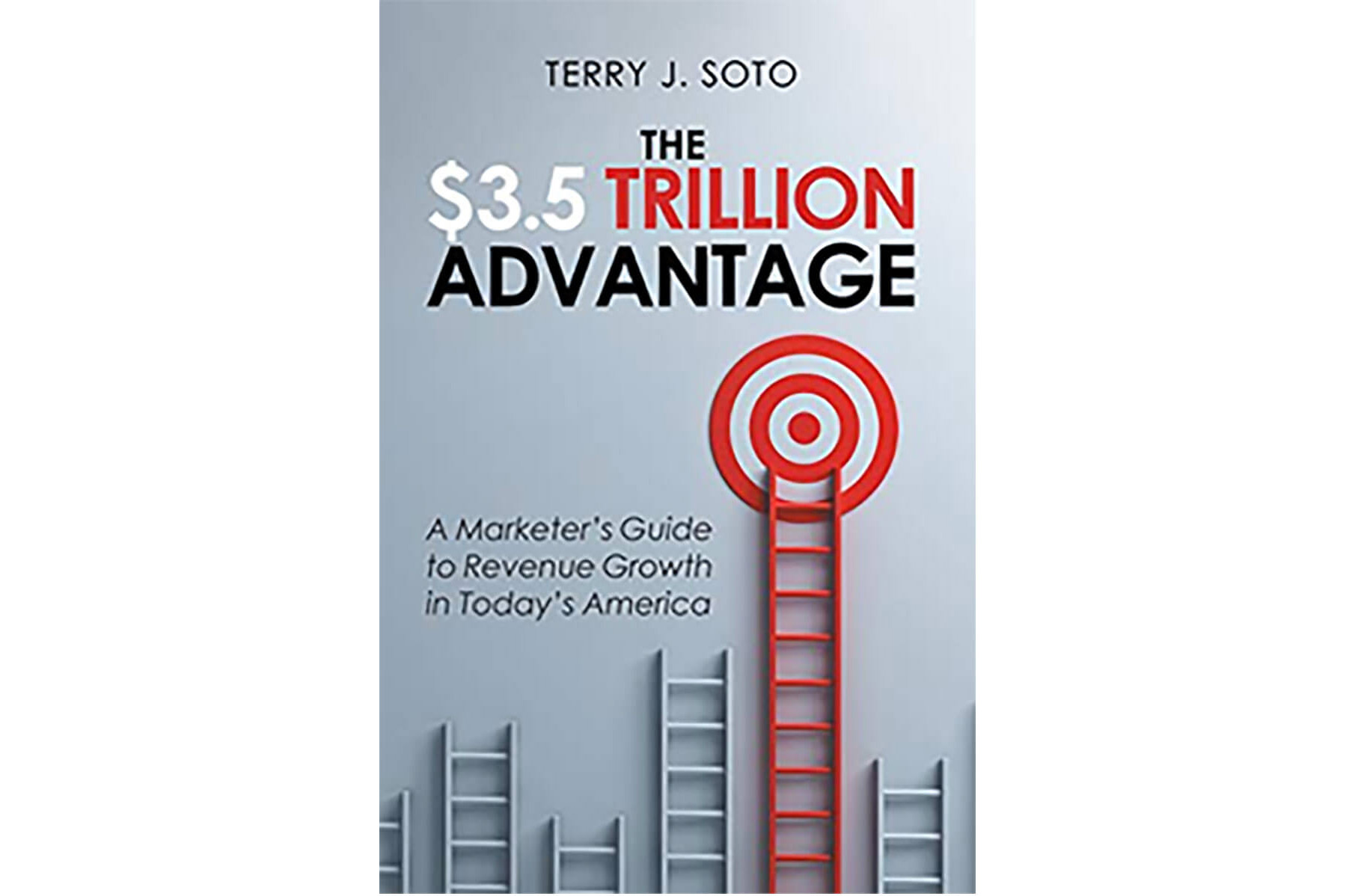by Terry Soto/multicultural marketing expert
I’m often asked how retailers can avoid stereotyping or generalizing when attempting to attract sales from multicultural shoppers given how diverse even one nationality, dialect or cultural background can be.

It starts with some common sense. Say you want to attract sales among Hispanic shoppers. The first step should always be to define the countries from which Hispanic shoppers in your footprint are from. Then do the segmentation research to understand how acculturated your potential Hispanic shoppers are. Are they immigrants, second generation or third or fourth?
For those of you not familiar with the term acculturation, it means the cultural modification of an individual, group or people by adapting to or borrowing traits from another culture—the acculturation of immigrants to American life. It varies significantly from cultural assimilation which means the process by which a minority group or culture comes to resemble a dominant group or assume the values, behaviors and beliefs of another group.
There are different segments of acculturation and in order to know who your Hispanic targets are, it’s important to know which segment best defines the Hispanic shoppers in your trade areas.
I like to use a segmentation tool by Geoscape. This tool divides the Non-Hispanic White, Hispanic, African American and Asian markets into five CultureCodes or segments. For the Hispanic market, for example, the segments are called Hispanicity codes. The great thing about this tool is its ability to tell you the exact proportions of each Hispanicity segment around each of your stores.
This is a critical piece of information because knowing which segment or segments dominate within your trade areas provide important context about the type of Hispanic shopper shopping a retailer’s stores. It helps define a retailer’s high potential Hispanic shopper; the only Hispanic shoppers that should matter to you.
Typical segmentation factors include: 1) Place of birth, 2) Length of time in the U.S., 3) Ability to speak English, 4) Education level and 5) Credit worthiness. Nationality is not a factor.
With this information in hand, now it will be important to do a deeper dive to understand shopping behavior. What are your targets’ needs and wants? What are their staples? What are their health concerns? What are their triggers? What truly matters to them when doing their grocery shopping in your stores?
Your Hispanic segments’ needs and wants will vary based on their age, based on health trends, based on their Hispanic food culture. Deeper segmentation work will help you understand important values, life stage and lifestyle that drive how Hispanic shoppers make purchase decisions. You should strive to understand not only behavior, but also attitudes, values, lifestyle and life stage. This research also will help you determine which purchases are functional and which are emotional.
Functional purchases are typically for commodity type categories and are usually inelastic in terms of price. This means price sensitivity is high. In cases like this, Hispanics will be most comfortable purchasing private label or less expensive brands. Distribution and pricing will be strong purchase drivers.
Within functional purchasing, premium brands will need to work hard to emphasize benefits that distinguish them from lower priced options. These categories also tend to be very price promotion dependent.
Emotional purchases are typically for categories connected to shoppers’ cultural beliefs, affinity for certain brands, a commitment to individual or family’s well-being and a need to reward themselves or their family. These purchases typically make the Hispanic shopper feel good about their choices and about being a good mom. Pricing is typically elastic and Hispanic shoppers are willing to pay more for the intangible feel good factor.
Emotional purchasing often drives premium brand and organic selections, and they drive discretionary and impulse buying. This is most often related to items children ask for or indulgences for mom. Hispanics also like to impress and will buy premium brands for show when entertaining because of what the purchase or ownership of the product says about them.
Once target segments and purchase hot buttons are clear, the right assortment, the right merchandising, the right message and the right customer experience will feel more intuitive and will become focal points for optimizing your ability to attract and to retain these new shoppers.
The good news is that defining your target multicultural segments doesn’t have to be difficult, time consuming or costly. There are many research syndicated tools like Geoscape and Simmons which can be used to mine data and define much of what I describe here.
Additionally, Spanish language TV and radio media is always willing to help with some analysis based on your specific requests. Lastly, your vendor partners have dedicated people whose sole job is to understand shoppers’ behaviors. In many cases, Hispanics will be a segment they can support.
There are also other key resources like Nielsen, which is often publishing reports on Hispanic, African American and Asian shoppers. The Acosta sales team has also been known to collaborate with media and research firms on reports that provide insights into Hispanic shopper behavior.
All this said, it’s always valuable to partner with a market expert who works with one-on-one over the course of a few weeks to helping you and your team define an approach that makes sense for you and your organization and who will guide you and give you the confidence and comfort to attract more sales among new shopper segments.
The basic principles of segmenting your customers—irrespective or their culture, ethnicity or nationality—is not new. However, the idea of getting to know new shoppers who may be different from you may feel uncomfortable, and it may cause some doubts, apprehensions and even fear because, you know, what if it doesn’t work?
But like anything new, it’s only daunting and mysterious until you develop some familiarity and confidence. I invite you to be fearless and start taking the steps that will get you closer to incremental rings among multicultural shoppers in your trade areas.
Terry Soto is the CEO of About Marketing Solutions Inc. and is one of the country’s foremost experts on top line growth in new cultural markets and has advised a myriad of Fortune 500 executives in the U.S. and internationally on how to accelerate growth and gain competitive advantage in multicultural markets. Soto’s newest book, “The 3.5 Trillion Advantage—A Marketer’s Guide to Revenue Growth In Today’s America” shows executives in charge of topline growth how to “quick start” or “step up” success in the most economically viable consumer market of the 21st century. Soto is also a member of the Forbes Business Council and is a regular contributor on Forbes.com and Forbes’ expert panels. She can be reached at 310-713-0241 or [email protected].

